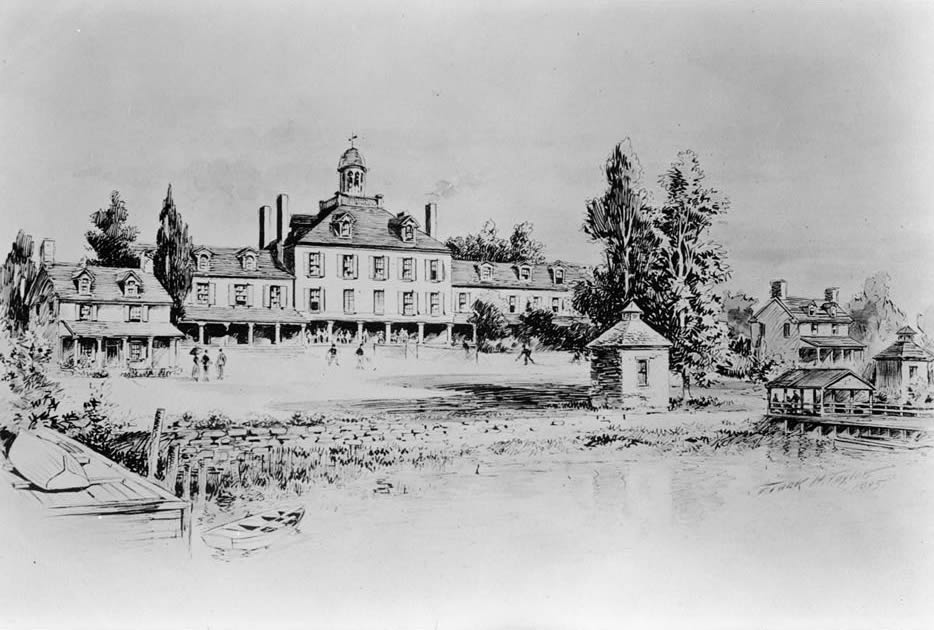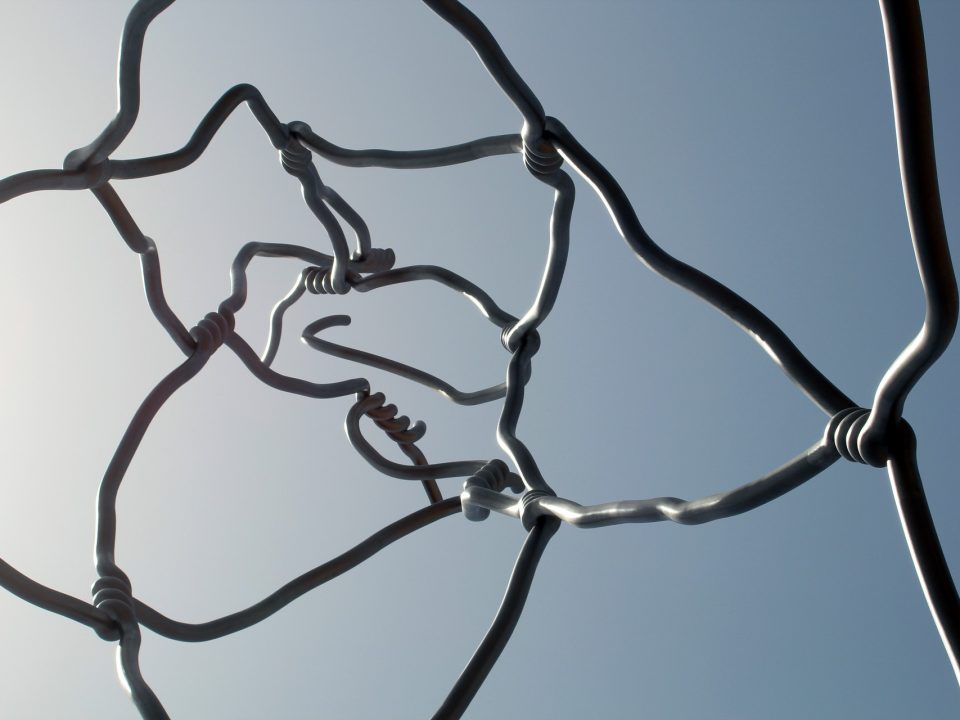Italian Museum to Come to Philadelphia

Philadelphia is a melting pot of cultures, but some have made such an impact on the city that it’s impossible to discern where the national culture stops and Philly begins. Such is the case with Italian traditions and heritage in the City of Brotherly Love. Italian culture is a huge part of Philadelphia, from the food to the architecture to the linguistic quirks of Philadelphianese.

Philadelphia’s Lazaretto, seen here in an 1895 drawing, is one site being considered for the Italian Museum.
The first Italian immigrant landed in Philadelphia in 1798, and his name was Joe Marbello. He settled down in the area that is now 6th and Catherine Streets, back when that part of Philly was nothing but fields and wilderness. His coming set off a chain reaction of Italian immigrants arriving by the boatloads on the Delaware river in the early 1800s. Until now, there has been no monument or museum to commemorate the tremendous impact that Italian immigrants have made on Philadelphia’s cultural landscape. That’s about to change, thanks to Michael DiPilla, President of the National Italian Museum of America.
DiPilla pictures the museum as a place where artifacts from Philadelphia’s Italian history come together with real-life demonstrations of today’s Italian dance, art, and food. DiPilla is the author of “South Philadelphia’s Little Italy and 9th Street Italian Market” and the driving force behind Philly’s first Italian museum. “We imagine this will become Italy Place, so there will be art, food, live demonstrations, opera singing, painting DaVinci reproductions in wood and children learning to paint the Mona Lisa in chalk – from an artist,” he said.
There are two possible locations for the Museum being considered: Pier 9 on Christopher Columbus Boulevard, right at the foot of the Benjamin Franklin Bridge, and a site a little ways away called the Lazaretto. Under Thomas Jefferson’s administration it was used as an immigration station for those coming into Philadelphia from other countries – many of them from Italy.
The Museum should open in the next few years, says DiPilla.



